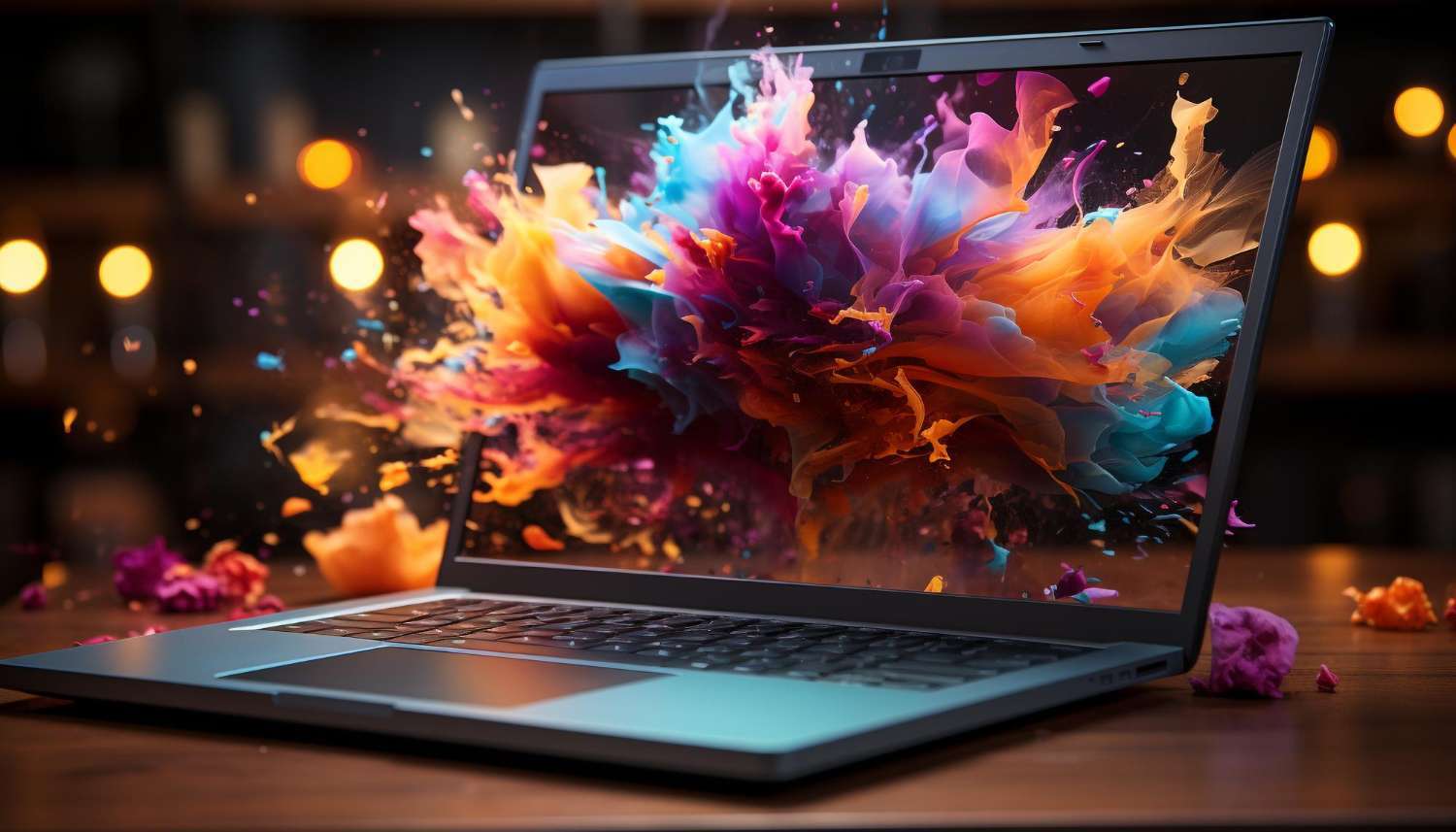An art generator, a form of Generative AI, operates by utilizing algorithms and data to create new, unique artistic content. It learns from a set of training data, typically composed of numerous pieces of artwork, and uses this learning to produce new material that reflects the artistic style found in the training set.
Understanding the Basic Mechanism
Art generators utilize Machine Learning (ML), a subfield of AI. ML algorithms learn patterns from data and can employ these patterns to make predictions or decisions without explicit programming. Think of them as a caterpillar that has analyzed thousands of images of butterflies. Eventually, the caterpillar comprehends what a butterfly looks like and can generate its own image of one.
What Makes Up the Art Generator’s ‘Brain’?
Art generators typically use a type of neural network known as a Generative Adversarial Network (GAN) as their ‘brain’. GANs consist of two neural networks, a ‘generator’, and a ‘discriminator’. The role of the generator is to fabricate new images, while the discriminator attempts to distinguish between real and simulated images. This dynamic promotes a push and pull, causing the generator to improve its creations continually.
The Role of Data in Generative AI
The quality and variety of the data fed to an art generator are crucial. The more diverse the dataset, the richer and more unique the generated output can be. Just as a chef uses a variety of ingredients to make an exceptional dish, an art generator uses a range of data to produce exquisite art.

The Steps from Input to Generated Art
AI-driven art generation can be divided into four steps. First, the AI receives a collection of art for learning. Second, it studies this collection and identifies patterns and styles. Third, it begins to produce new pieces based on what it has learned. Finally, it fine-tunes these pieces to mimic the artistic style of the original collection as closely as possible.
As our recent post on “Creating Engaging Images with Art Generator: Advancements in Generative AI” discusses, these generators can be an extraordinary tool for content creators, providing them with a near-infinite supply of original, engaging images.
“Generative AI holds the potential to augment human creativity in unprecedented ways. It’s not about replacing artists, but offering them a new set of tools.” – Fei-Fei Li, Co-Director of Stanford University’s Human-Centered AI Institute.
Conclusion
In essence, an art generator functions by learning from training data and then using that learning to generate new art, driven by a GANs neural network. It’s a combination of machine learning principles, quality data, and compute power. A powerful tool, it promises to redefine the way we think about creativity, blending the lines between human creativity and artificial intelligence.
- Analyzing Patterns in Failed Products - July 25, 2024
- Hybrid Cryptographic Systems - July 24, 2024
- Inadequate Threat Intelligence Integration - July 23, 2024
